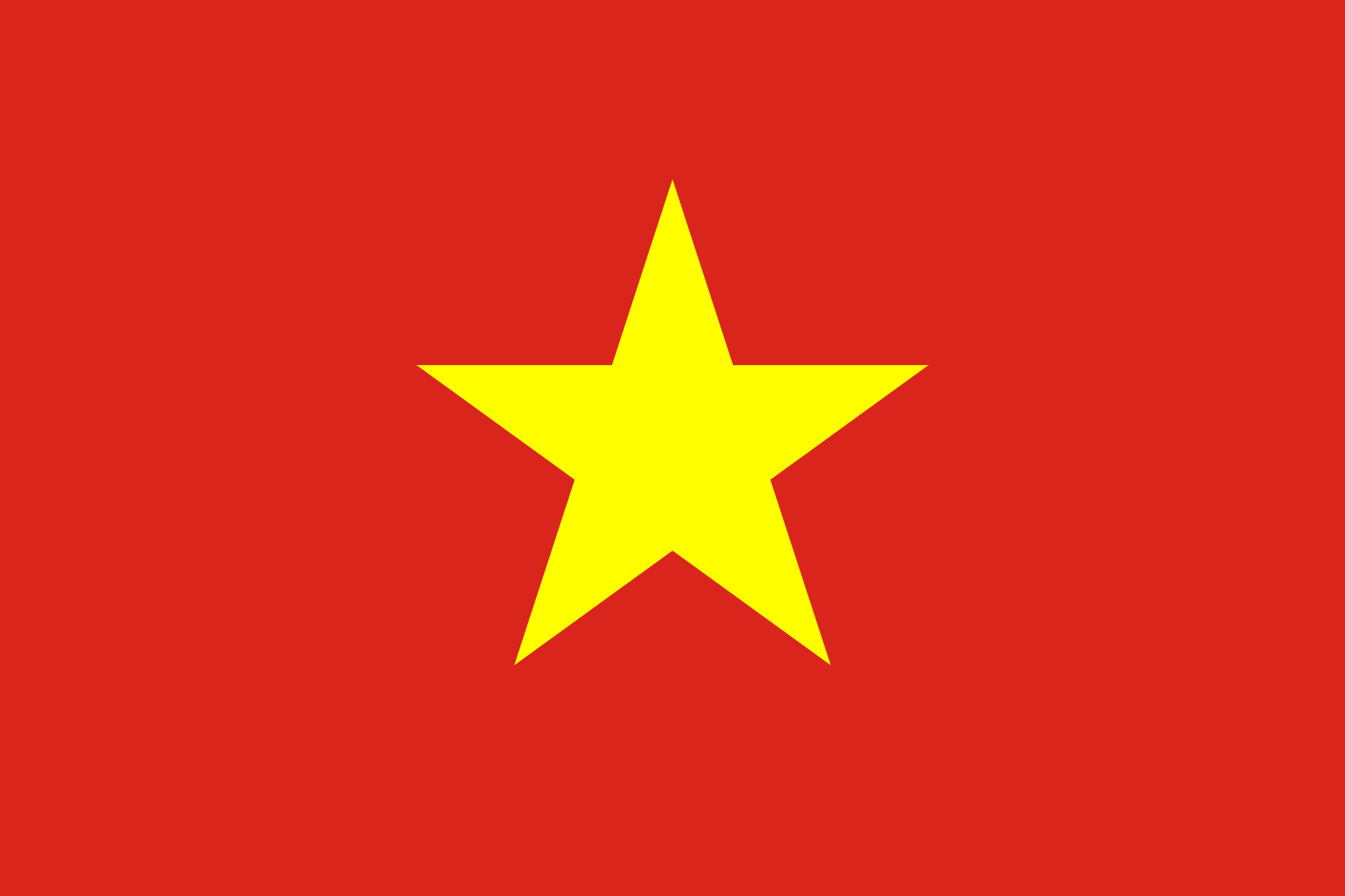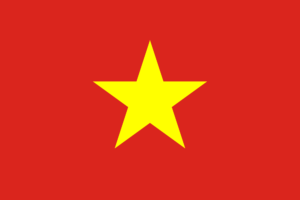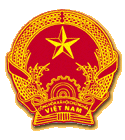
General Information about Vietnam
General Information about Vietnam
Location: Southeast Asia, bordering China to the north, Laos and Cambodia to the west, and the Gulf of Thailand and South China Sea to the east.
Capital: Hanoi
Official language: Vietnamese
Currency: Vietnamese dong (VND)
Population: Over 100 million (as of 2023)
Government: Socialist republic
Climate: Tropical monsoon
– National Flag : The National Flag of the Socialist Republic of Vietnam is rectangular in shape, its width is equal to two thirds of its length, in the middle of fresh red background is a bright five-pointed golden star.

– National Emblem: The national emblem of the Socialist Republic of Vietnam is circular in shape; in the middle of a red background is a five-pointed golden star framed by rice ears below which is half a cogwheel and the inscription: Socialist Republic of Vietnam

– National Day: September 2 (on September 2, 1945, at Ba Dinh square, President Ho Chi Minh read the Declaration of Independence, proclaiming the birth of the Democratic Republic of VietNam).
– Geographical location: Located in Southeast Asia, bordering People’s Republic of China to the North; Laos and Cambodia to the West; and Eastern Sea to the East.
– Area: 331 000 km2.
– Length of coast line: 3260 km.
Geography: Vietnam is a long, narrow country with a coastline of over 3,000 kilometers. It is divided into three main regions: the north, the center, and the south. The north is mountainous, the center is coastal, and the south is lowland. Vietnam is also home to a number of rivers, including the Mekong and Red rivers.
Economy: Vietnam is a developing country with a rapidly growing economy. The main industries include agriculture, manufacturing, and tourism. Vietnam is also a major exporter of rice, seafood, and coffee.
Culture: Vietnam has a rich and diverse culture that has been influenced by its neighbors, including China, Cambodia, and Laos. Vietnamese culture is known for its traditional cuisine, music, and art. Vietnam is also home to a number of religions, including Buddhism, Taoism, and Confucianism.
Tourism: Vietnam is a popular tourist destination, known for its beautiful beaches, stunning scenery, and rich culture. Some of the most popular tourist attractions in Vietnam include Ha Long Bay, Hoi An Ancient Town, and the Cu Chi Tunnels.
Interesting facts:
- Vietnam is the world’s second largest coffee producer.
- Vietnam is home to the world’s longest cave, the Son Doong Cave.
- Vietnam is the birthplace of the Vietnamese martial art Vovinam.
- Vietnam is one of the most biodiverse countries in the world, with over 16,000 species of plants and 300 species of mammals.
I hope this provides a comprehensive overview of general information about Vietnam. Please let me know if you have any other questions.
– International airports:
Vietnam has 10 international airports, but only 5 of them are currently served with international flights:
- Noi Bai International Airport (HAN) in Hanoi
- Tan Son Nhat International Airport (SGN) in Ho Chi Minh City
- Da Nang International Airport (DAD) in Da Nang
- Cam Ranh International Airport (CXR) in Nha Trang
- Phu Quoc International Airport (PQC) in Phu Quoc
The other 5 international airports are:
- Can Tho International Airport (VCA)
- Chu Lai International Airport (VCL)
- Lien Khuong International Airport (DLI) in Da Lat
- Vinh International Airport (VII)
- Cat Bi International Airport (HPH) in Haiphong
These airports are currently only serving domestic flights, but they may start serving international flights in the future.
The most popular international airports in Vietnam are Noi Bai International Airport and Tan Son Nhat International Airport, which handle the majority of international flights to and from the country. These two airports are also the largest and most modern airports in Vietnam.
Da Nang International Airport is another popular international airport, especially for tourists visiting the central coast of Vietnam. Cam Ranh International Airport is also a popular destination for tourists visiting Nha Trang and the surrounding area. Phu Quoc International Airport is a newer airport that is quickly becoming popular with tourists visiting the Phu Quoc archipelago.
All of Vietnam’s international airports offer a variety of amenities and services to passengers, including:
- Immigration and customs services
- Currency exchange bureaus
- ATMs and other banking services
- Restaurants and cafes
- Shops and boutiques
- Duty-free shopping
- Transportation services to and from the airport
Vietnam’s international airports are also well-connected to the rest of the country by road and rail. Passengers can easily travel to and from the airport by taxi, bus, or train.
